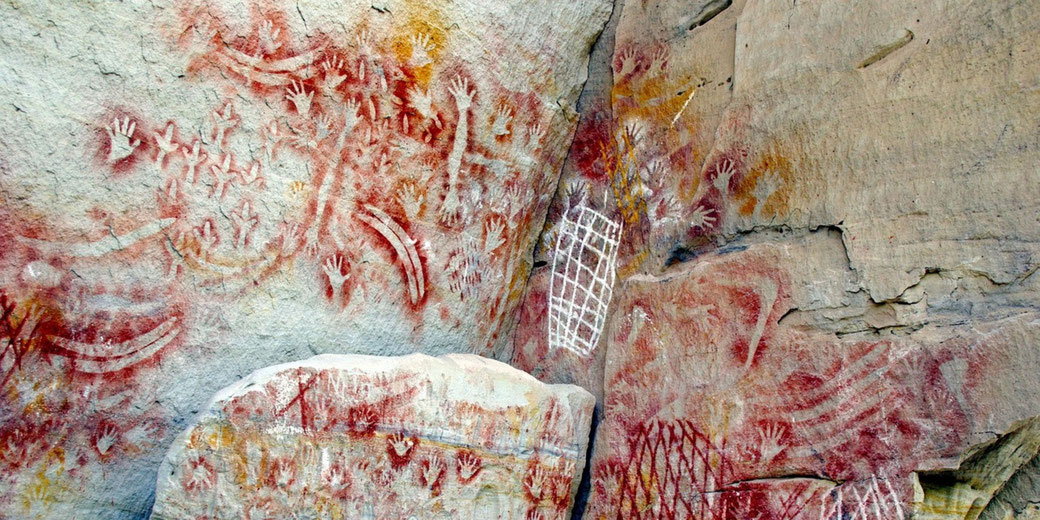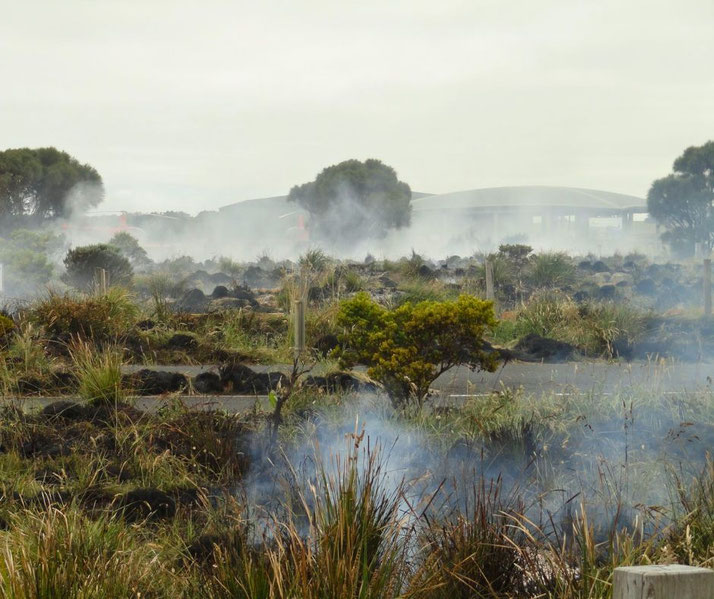Why First Nations Australians were pioneers in ancient technology and sustainability

The early First Nations Australians, often referred to as Indigenous Australians, were true innovators. Their technological achievements spanned across various fields, from tools and weapons to land and water management.
These advancements were not just a result of their intelligence, but also their deep connection with the land and nature.
Tools and weapons
One of the most iconic tools developed by the First Nations Australians is the boomerang.
While many of us think of it as a toy that returns when thrown, its original purpose was much more practical.
Crafted from wood, the boomerang was used for hunting. Its unique shape allowed it to travel long distances and hit targets with precision.
In different parts of Australia, variations of the boomerang were crafted, each suited to the local environment and the type of game hunted.
Another remarkable invention was the woomera, a wooden spear-throwing device.
This tool increased the force and distance with which a spear could be thrown, giving hunters a significant advantage.
The woomera was especially useful in open landscapes where stealth was challenging.
Daily life
The early First Nations Australians also developed techniques that made daily life more comfortable and efficient.
For instance, they created woven baskets using local plants, which were used for carrying food, water, and other essentials.
Different regions had their own weaving styles, reflecting the unique materials available in each area.
In the realm of art and communication, they used ochre, a natural clay, to paint on rocks and in caves.
These paintings tell stories of their daily life, beliefs, and significant events. Each region had its own style and symbols, showcasing the diversity of cultures across the continent.
Land and water management
The First Nations Australians were masters of land and water management. They practiced what is known as "fire-stick farming".
This technique involved setting controlled fires to clear undergrowth, promote the growth of specific plants, and manage pests.
By doing so, they ensured that the land remained fertile so they had a steady supply of food.

Water, being a precious resource in Australia's often arid landscape, was managed with great care.
The First Nations people developed a system of channels and weirs to direct water flow, ensuring that it reached where it was needed most.
This not only supported their communities but also benefited the local ecosystems.
Agricultural practices
The First Nations Australians were innovative and resourceful in their agricultural practices in the water.
In Victoria, the Gunditjmara People constructed an intricate system of channels and dams at Budj Bim to trap and farm eels, providing a reliable food source and enabling trade.
These eel traps, made of volcanic rocks, demonstrate their engineering skills and deep understanding of local aquatic ecosystems.
Further north, on the Gold Coast, the Kombumerri People developed specialized techniques for harvesting molluscs.
They managed the mollusc populations sustainably, ensuring they had a steady supply without depleting the resource.
In New South Wales, the Ngemba People of Brewarrina showcased their ingenuity with stone fish traps.
These traps, believed to be one of the oldest human-made structures in the world, were designed to catch fish as they migrated upstream.
Each of these practices highlights the First Nations Australians' profound connection to water and their ability to harness its resources sustainably.
What do you need help with?
Download ready-to-use digital learning resources
Copyright © History Skills 2014-2024.
Contact via email
With the exception of links to external sites, some historical sources and extracts from specific publications, all content on this website is copyrighted by History Skills. This content may not be copied, republished or redistributed without written permission from the website creator. Please use the Contact page to obtain relevant permission.





